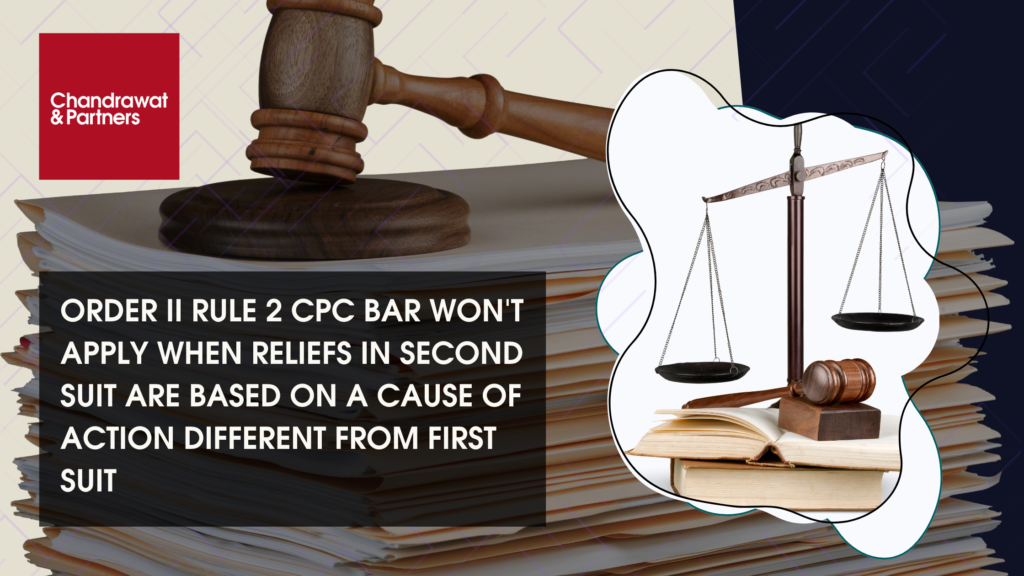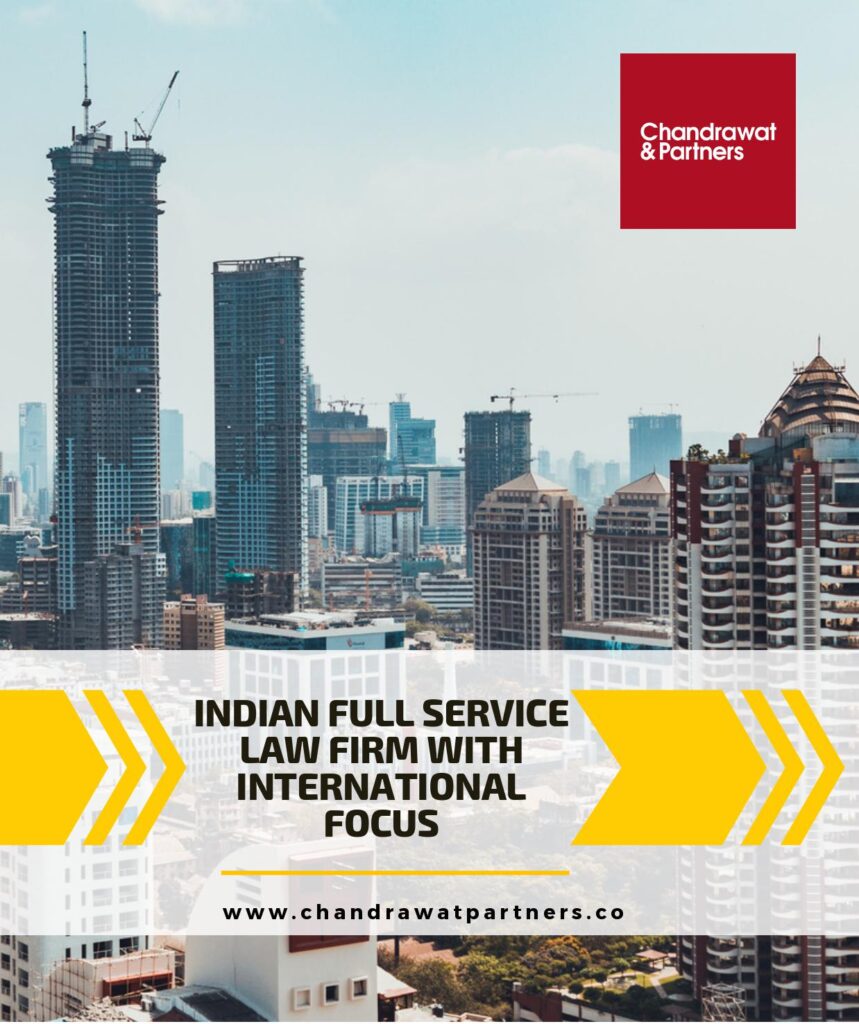Home > Recent Judgements > Order ii Rule 2 Cpc Bar Won’t Apply When Reliefs In Second Suit Are Based On A Cause Of Action Different From First Suit
Jan 16, 2025
INTRODUCTION
In the case between Cuddalore Powergen Corporation Ltd vs M/s Chemplast Cuddalor Vinyls Limited and Anr, the Supreme Court decided that Order II Rule 2 of the Code of Civil Procedure, 1908 (“CPC”) would not apply to a later suit brought on a different cause of action. After a prior suit was instituted, the Court justified the initiation of a second suit for specific execution of an agreement to sell. Complaint for a permanent injunction, pointing out that the two lawsuits had different grounds for action. The first suit included a plaintiff who had filed two independent suits. The defendant argued that the second suit was barred in accordance with Order II, Rule 2 CPC because the plaintiff did not include his entire relief in the previous suit. The trial court and then the High Court accepted these grounds and dismissed the second suit. However, on that very matter, the Supreme Court reversed its decisions.
UNDERSTANDING ORDER II RULE 2 OF CPC
- The Order II of CPC lays down the process of Framing of Suit.
- The primary objective of this Order is that there should not be a multiplicity of proceedings and all disputes arising between parties from the same cause of action are dealt with comprehensively in one proceeding.
- This is based on the maxim “nemo debet bis vexari pro una et eadem causa” – no person should be vexed twice for the same cause.
- The Order mandates that every suit shall include the whole of the claim arising from the same cause of action.
- This principle is not only directory but is mandatory in nature as established through various judicial pronouncements by the Hon’ble Supreme Court and various High Courts.
KEY ISSUES
- How can the difference in distinctiveness of causes of action between two suits be established effectively?
- What is a “cause of action” for the purpose of application of Order II Rule 2 CPC?
- Whether the omission of relief in an earlier suit always vitiates the institution of a subsequent suit?
- Does the bar under Order II Rule 2 CPC apply even when new rights or obligations arise after the filing of the first suit?
- How should courts balance the procedural mandate of Order II Rule 2 CPC with the substantive rights of litigants to seek justice?
JUDGMENT
The Supreme Court’s judgment on Order II Rule 2 CPC balances judicial efficiency with the substantive rights of litigants. The Court has clarified that the bar does not apply to claims arising from distinct causes of action and, in doing so, has reaffirmed the principle that procedural laws should be tools for advancing justice rather than hurdles to it. The Supreme Court repeated that a “cause of action” refers to every fact which would be necessary for the plaintiff to prove in order to establish his right to a legal remedy. If the facts and circumstances giving rise to the subsequent suit are different from those in the earlier suit, the bar under Order II Rule 2 CPC cannot be invoked.
OBSERVATION
The Supreme Court held that when the relief prayed for in the subsequent suit is founded on a cause of action different from the first suit, the bar under Order II Rule 2 CPC is not applicable. The Court observed that the test to determine whether the bar is applicable or not lies in determining the cause of action, which is the foundation of a suit. If the cause of action in the subsequent suit is separate and independent, Order II Rule 2 CPC cannot be invoked to dismiss the later suit. The Court observed that if the reliefs claimed in the second suit are based on rights or obligations independent of those in the first suit, such reliefs cannot be barred under Order II Rule 2 CPC.
For more information or queries, please email us at
[email protected]





